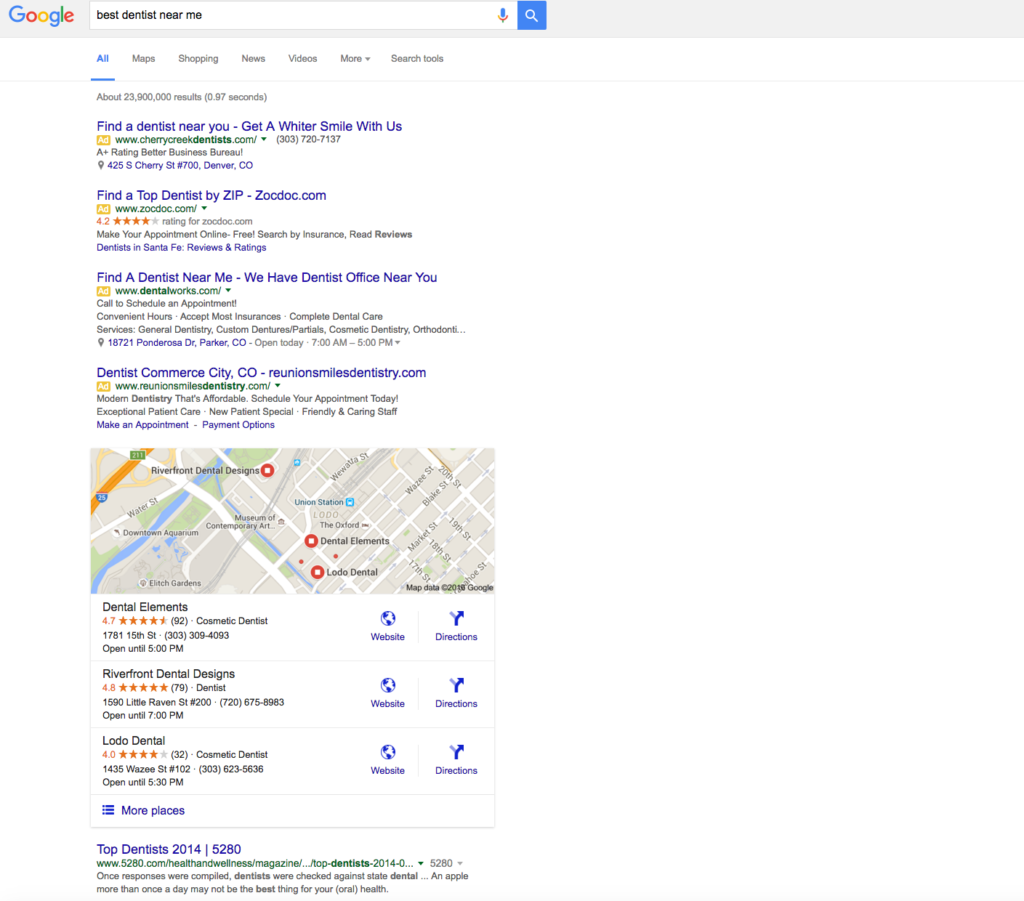What Google’s Latest Changes Mean For PPC Customers
If you’ve done an online search using Google in the last month, you might have noticed the right-hand side of the page looks pretty empty. Google’s latest update significantly changed how ads are displayed on the search results page. Rather than a row of ads along the right-hand side, Google now displays three or four ads at the top of the search results and a couple at the bottom of the page. This may make navigating Google a bit easier on mobile devices, but this update means big changes for advertisers. 
Mark John Hiemstra wrote an in depth analysis on the Acquisio blog about how this update impacts customers who pay for Google ads. Data was taken from roughly 90,000 campaigns running on the Acquisio platform from four weeks before the change to two weeks after the change (spanning January 21, 2016-March 3, 2016). The findings are as follows:
- Cost Per Click (CPC) for ads in the top 4 has increased by up to 10.5%
- Click Through Rate (CTR) for ads in the top 4 has increased by up to 4.5%
- Links below the top 4 are seeing significantly less clicks and impressions
- CPC has also increased for spots below the top 4
Since there are no more side ads ‘above the fold’ on the results page anymore, much more weight is being placed on the top 4 ads. They are receiving much more attention, but the cost to show up there has also noticeably increased. Conversely, spots below the top 4 are getting less views but the cost to appear there has still increased. As a result of these findings, managing budget for your various ad campaigns will be even more crucial to ensure your practice gets the best visibility in the search results. Trust our marketing managers at ProspectaMarketing to help you navigate this new change and please contact us with any questions.



